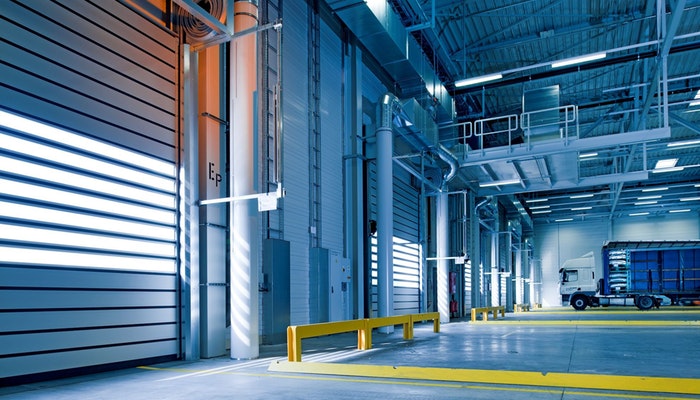New businesses have a lot on their plate. From setting up their initial capital, managing cash flow, implementing consistent branding practices, all the way to refining their hiring strategies, startups are often stretched too thin so something always falls through the cracks. More often than not, logistics is the one aspect of startup organization that suffers. These intricate processes include everything that happens behind the scenes from start to finish, with the aim to satisfy the needs of your target customers.
As a truly complex operation, logistics involves a slew of rules and regulations, compliance, expectation management, risk mitigation, as well as tracking and improving the internal processes that enable for all of the above to occur. So, it comes as no surprise that a glitch in the supply chain of a startup can lead to a disaster for your brand reputation down the road. Here’s how you can plan your logistics in order to prevent that and allow your business to thrive.

Predict your market demand
If you have been in business for some time now, you should have a fair grasp of what your customers want and need, in what amounts, and in what timeframe. However, if you’re new to the game, this piece of the proverbial puzzle may be the stepping stone to completely transform your entire logistics process. Why? Because understanding what your customers want will help you prepare yourself for the sales of your products from day one.
Crunching numbers to predict sales in your industry may not sound like the most exciting of jobs, but it’s vital nonetheless for avoiding overspending on your inventory or ending up without enough products to meet the demand. Your entire supply chain and budget forecasting depend on this single bundle of numbers – use them wisely and regularly conduct research to make changes when needed. This is a simple analytics process that will enable you to cut costs and keep your customers happy without breaking the bank.
Keep track of your transportation system
Another link in your complex logistics chain that you cannot afford to weaken through neglect is your transportation system. Timely deliveries, selecting the most optimal, speedy routes, automated invoicing, and avoiding manual data entry are some of the most appealing features of using a transport management system to ensure a smooth and seamless supply and delivery process. Such a solution also aims to provide greater transparency for all those involved, which also includes your customers. Handling everything online makes the process much quicker and easier to track on a much grander scale.
Even though you might be working with only a handful of delivery vehicles in your fleet now, you should consider the impact of this particular part of your logistics for the future. As your business hopefully outgrows its current reach, you’ll need more vehicles at your disposal, and a cost-effective management solution in place to handle all of your supply and delivery processes.

Implement automation
Many startup owners are reluctant to use various technologies to simplify their internal operations. Why? Because they feel more confident keeping the reins in their hands, and not leaving anything to chance. The truth is, by leaving everything to your human staff, you risk increasing the occurrence of human errors in all the relevant processes from managing orders, sending out deliveries, to collecting customer reviews upon delivery. Startups could actually benefit from introducing greater levels of automation precisely in order to reduce slipups and human error in general and to speed up the process.
In addition to saving time and allocating your assets more efficiently across all logistics processes, using automation in every sector of your business helps you cut extraneous costs and collect relevant data. The tools that help automate various strategies are also equipped with solutions to collect, analyze, and present key insights that will help you refine your strategies for the future. Anything from automated order entry all the way to inventory forecasting can tremendously help you enhance your efficiency across the board.
Managing your inventory
While we’re on the subject of inventory, there are several important steps that can make this part of the process easier on your business. For starters, tracking your inventory is vital to avoid errors, always have enough of your products waiting to be delivered, and prevent delays whenever you possibly can. Customers don’t like waiting, but unpredictable scenarios call for having contingencies in place – and for that, you need to know exactly where your inventory is at all times.
Many startups choose to outsource their warehouse management precisely because it’s such an intricate portion of your operations that it often requires a separate team to handle it properly. More visibility over the movement of your inventory gives you the opportunity to be more transparent with your customers as well. Tracking all of your products is vital in order to ensure that they are handled properly, delivered in time and according to your customers’ wishes. This single decision will help you keep your vendor relationships strong, and your customers loyal.
While every single startup already has many moving parts to run their business, managing and improving your supply chain and logistics is yet another key part of your business success. Use these tips to boost your logistics, and you’ll allow
